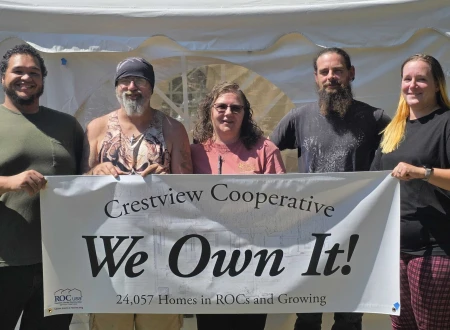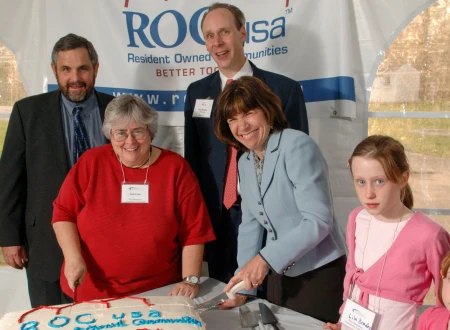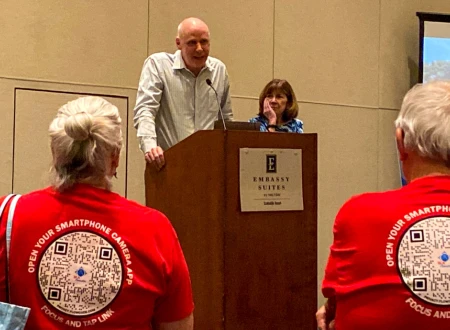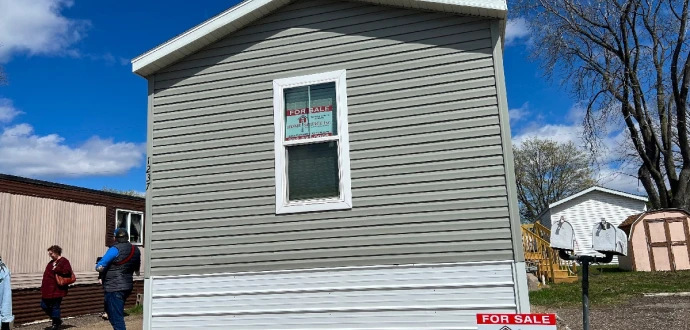
Filling vacant sites has up-front costs, but ultimately takes pressure off of everyone’s site fees
RICHFIELD, Minn. – Bev Adrian, Board President at Woodlawn Terrace Cooperative, understands the importance of infill development, which is why in 2022, the cooperative welcomed seven new homes into the community.
“We have to increase the population to increase the rent base,” Adrian said. “We need to add population for this place to be successful. We build population, we build our income.”
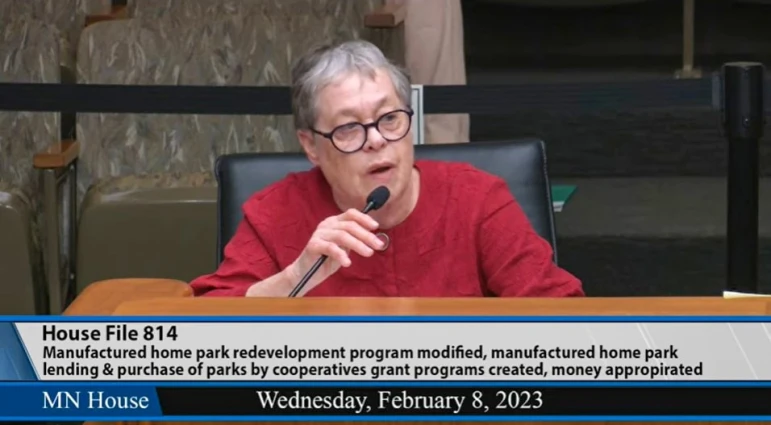
Infill refers to converting vacant home sites into occupied, revenue-generating sites.
Woodlawn Terrace Cooperative is a five-acre community in Richfield, Minn., a 10-mile drive from downtown Minneapolis with one way in and one way out. There are 32 occupied homes, but Adrian said she would like the community to increase to 50. This is an issue many ROCs struggle with, as aging populations, deferred maintenance of homes and costly infrastructure repairs often make it difficult for homeowners to invest in the upkeep of their homes.
Adrian said eight abandoned homes have been demolished and two more are scheduled to be demolished. Of the seven new homes placed, five have been filled but there is still a need to fill more empty sites.
Many of those sites had two-bedroom homes built in the 1950s and 1960s on them, not an uncommon style at the time. But today, many families are seeking larger, three-bedroom homes for their families, Adrian said.

Woodlawn Terrace partnered with Donna and Butch Kisor, owners of Home Source, Inc. The Burnsville, Minn.-based company helped with infill at Woodlawn by bringing in new homes into the community. The couple has also worked with other ROCs in the state, including Park Plaza Cooperative in Fridley, Minn.
The concept of the partnership was simple: Home Source purchases and places the homes where they sit rent-free until sold. The company pays for utility connections, skirting, the construction of decks or steps, the concrete piers where the homes are placed. They also pay for marketing the homes, the background and credit checks for potential homeowners and Woodlawn pays for everything else.
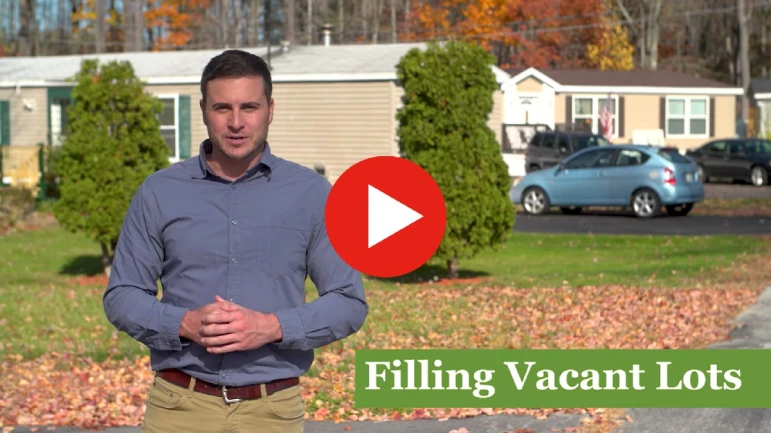
It’s not cheap.
The piers for homes at Woodlawn cost $10,000-$15,000. However, across the country, many homes sit atop a concrete slab which could cost $15,000-$20,000, depending on size. That’s not the only expense. Oftentimes, mature trees need to be removed to make room for homes. The numbers add up, Adrian said.
But in the long run, empty lots cost more, according to Alan Blake, new home specialist at ROC-NH, a program of the New Hampshire Community Loan Fund.

“Vacant lots in New Hampshire represent $1.5 million in annual lost revenue,” said Blake, who coordinates ROC-NH’s Vacant Lot Initiative. “That’s a lot of money left on the table that’s not being collected.”
Figuring out a way to fill those sites takes a lot of resourcefulness, coordination and collaboration, something Adrian knows a lot about.
Adrian is resourceful and tenacious. And with the help of Northcountry Cooperative Foundation, ROC USA’s certified technical assistance provider, she was able to secure grant funding from the city of Richfield and the Metro Council for $180,000 to offset the cost of infill.
She has also found grant money to remodel a bathroom in the community’s storm shelter as well as getting more windows installed. When asked how she finds these grants, she credits networking.
“We lobbied. I have spoken to Minnesota Housing. I put my hands out and asked. I have testified,” she said. “Whenever they call us and ask us to testify, I raise my hand. Organizing is the key though. All CTAPs have to listen to each other. What works in your state could work in someone else’s state. Getting together in person is really valuable time spent. We get to sit down and talk to each other and ask, ‘What are you doing? What has worked and what hasn’t?’ That’s really important.”
And that’s a win for everyone.

